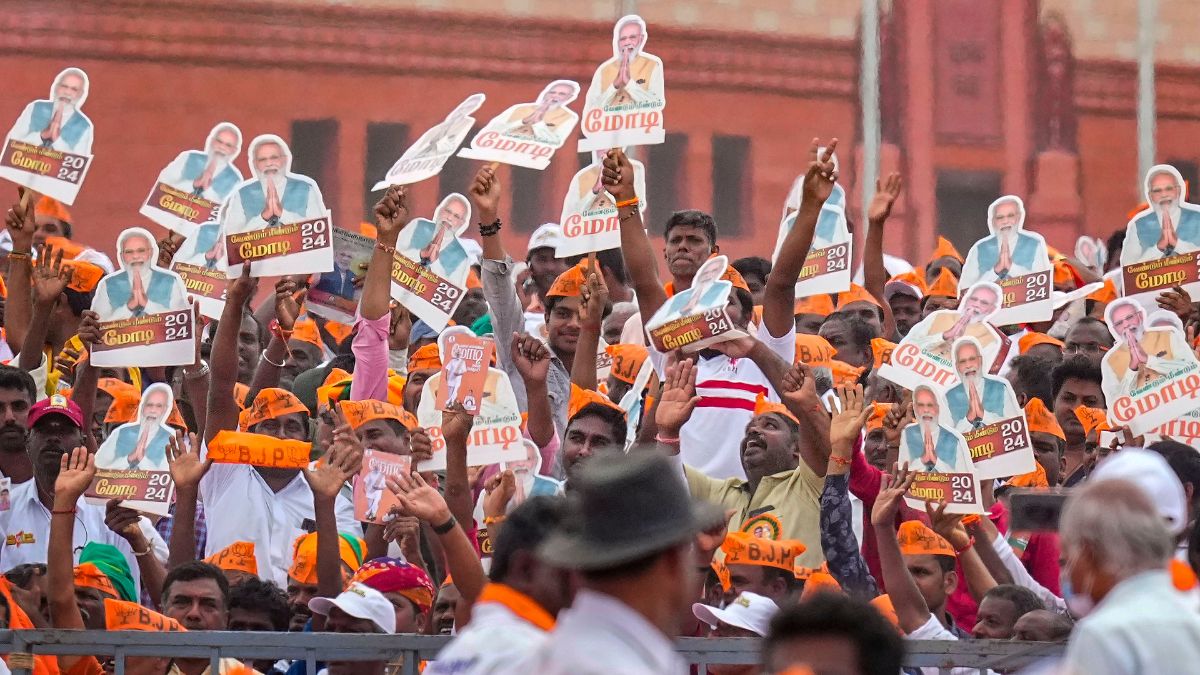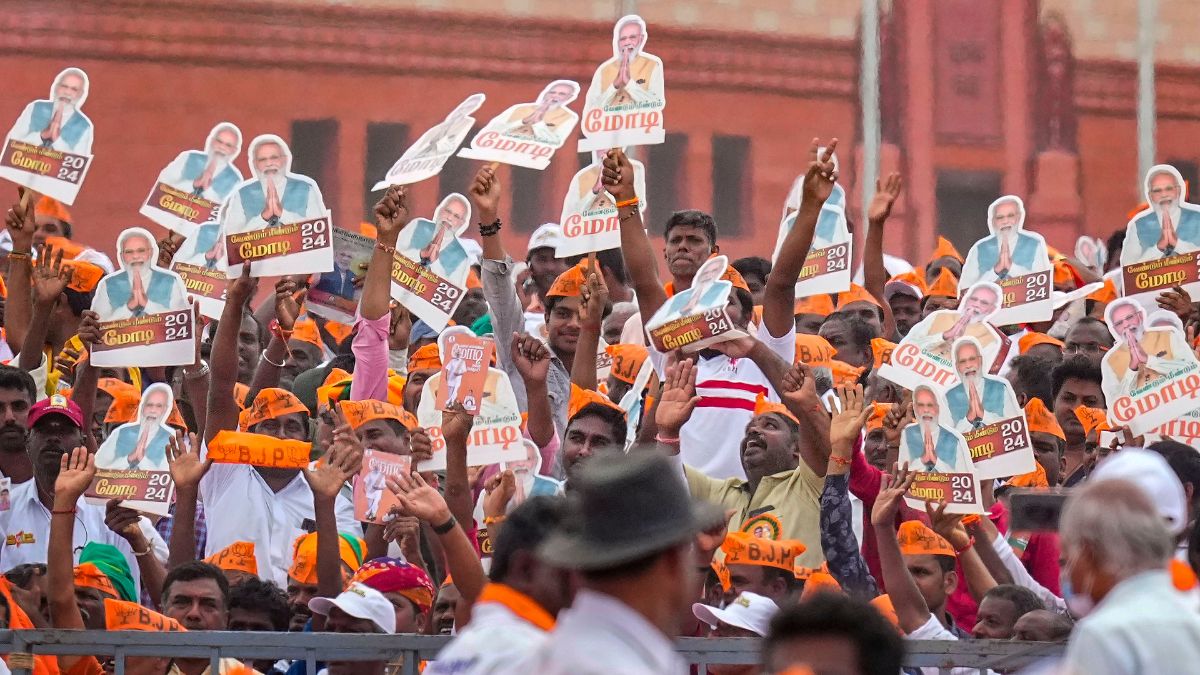New York: The US Federal Reserve on Wednesday pleasantly surprised markets by deciding not to start withdrawing the easy money policies it has maintained, since the 2008 financial Armageddon. The Fed’s announcement on Wednesday that its stimulus measures will stay in place should help battered emerging markets like India and Brazil.
US stocks jumped after the 2 pm announcement on Wednesday and the Dow Jones industrial average rallied 147 points, or 0.95 percent, to close at 15,676. The NASDAQ Composite Index jumped 37.94 points or 1.01 percent to close up at 3,783.64.
Risk-on party for emerging markets
While the Fed move fuelled a rally in US markets, it will be met with elation in battered emerging markets like India, Indonesia, Brazil and Turkey where anticipated Fed tightening has sent currencies crashing and threatened economic growth precipitated by capital flight back to the US.
“I am sure the ’easy’ money will be used by investors to take a punt on riskier or higher-yield assets, such as the Australian dollar and emerging market stocks,” said hedge fund manager Peter Schwartz.
Markets were roiled in June after Fed chairman Ben Bernanke for the first time offered a timeline for winding down the Fed’s bond-buying program later this year and end it altogether by mid-2014. That sent a chill through emerging markets and drew billions back from countries like India, Brazil and China to US assets with investors seeking the relative safety of US equities.
“It’s a big shock, and it’s a massive green light for a risk-on party,” Benoit Anne, global head of emerging-market strategy at Socit Gnrale told The Wall Street Journal .
Over the past couple of weeks, Indian stocks have recovered much of the ground they lost since June. The rupee has also gained around 8 percent since Raghuram Rajan took charge of the Reserve Bank of India (RBI) earlier this month. But despite its recent gains, the rupee at 63.58 to the dollar is still down nearly 14 percent against the dollar since early May.
The RBI will review policy on September 20 after data showed wholesale prices unexpectedly accelerated to a six-month high in August from a year earlier. After the best possible outcome from the Fed meeting the Indian market is now waiting on the RBI decision.
Other investors note that the rupee’s sharp declines in recent months show the country’s vulnerability to foreign money.
“With the US economy on the rebound and flat growth in emerging markets, Western firms expect better returns back home,” said Amrish Shah, who advises clients on mergers and acquisitions at Ernst & Young.
Almost $95 billion was poured into exchange-traded funds of American shares this year, while developing-nation ETFs saw withdrawals of $8.4 billion, according to data compiled by Bloomberg.
Takeaways on the Fed’s decision
The Federal Open Market Committee said in its policy-setting statement that it would continue to buy $85 billion in bonds each month, with officials saying that they wanted to see the US economy can sustain improvement before scaling back bond purchases. Investors had expected the Fed to pare its bond-buying program by about $10 billion to $15 billion after its two-day policy meeting on Wednesday.
But the US economy has failed to live up to the Fed’s expectations for growth and it is worried that a jump in long-term interest rates over the past several months could squeeze an already weak recovery.
“The Committee remains concerned that, without sufficient policy accommodation, economic growth might not be strong enough to generate sustained improvement in labor market conditions,” the statement said.
“Furthermore, strains in global financial markets continue to pose significant downside risks to the economic outlook.”
Fed chairman Ben Bernanke expressed hope that the central bank’s surprise decision to hold off tightening will help to prevent further debilitating rises in US interest rates.
“To the extent our policy position today makes conditions a bit easier, that’s desirable,” Bernanke said at a post-statement press conference, noting that the big jump in interest rates was beyond what the Fed had expected.
“What we are going to do is the right thing for the economy to keep it on course to achieving a self-sustaining recovery in the months ahead,” he said.
Fed officials, who have been disappointed by economic growth, nudged down their US growth forecast for this year and next year, projecting growth between 2 percent and 2.3 percent in 2013 and between 2.9 percent and 3.1 percent in 2014.


)




)
)
)
)
)
)
)
)